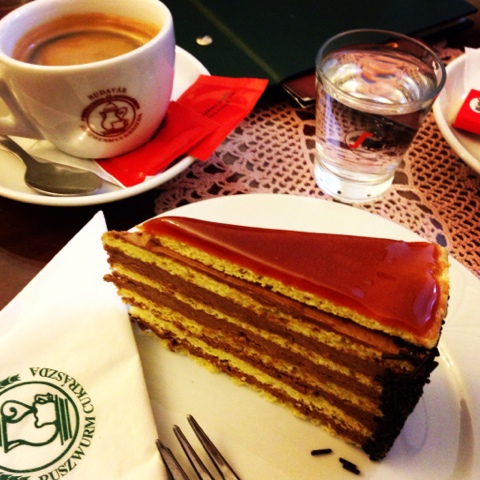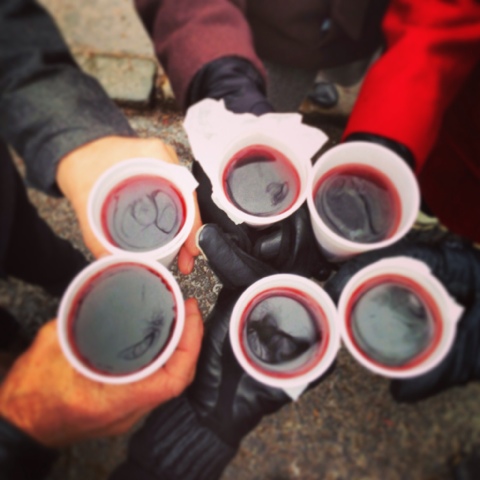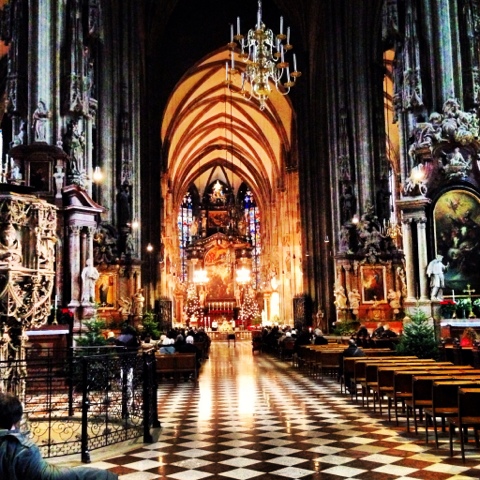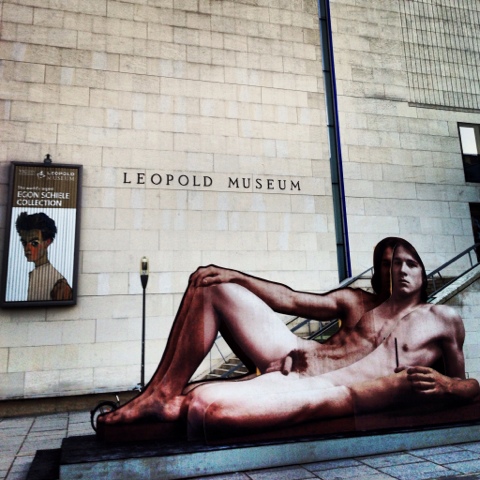 |
| An Instagram picture I captured 30,000 feet over the BC Interior mountains on my way to a conference -- it provided much needed perspective after a very long and challenging semester. |
The term "postmortem" comes to us from the world of science, and it refers to the practice of examining a corpse to assess the cause of death. Over time, the gruesome term entered the academic lexicon (not entirely ironic I might add), and has since become associated with the evaluative process after the completion of research and other long-term projects. A postmortem, at its best, provides the chance for reflection, feedback, and new perspectives. It is an opportunity to inventory what did and did not work, along with identifying potential new ways of progressing with future projects related to the one completed. This is where a postmortem serves those a part of academia especially well, since the academic semester provides faculty and students with a discrete space of time that repeats at regular intervals. Therefore, performing a postmortem at the end of each semester is a wonderful practice to adopt.
To adapt this practice as a student, the rough framework of a postmortem entails gathering your reflections based on your response to the following kinds of suggested trigger question:
- Did I achieve the kinds of outcomes in the classes I enrolled in-- why or why not? Are my grades reflecting my intended efforts? What were the take-away ideas from each of the courses I completed? In what specific areas can I improve my performance?
- What did I do in class? Did I pay attention and manage to capture the information I needed? Was I distracted? Did I have enough sleep? Was I prepared for what I needed to do? Did I ask for help and/or seek guidance from peers and professors?
- How did I manage my overall time? Did I use time committed to school, work, and my personal time wisely? Did I take on too many tasks? Did I skip too many classes? Did I waste my time on tasks? When did I procrastinate, and why?
- How did I organize my assignments? Did I meet deadlines? Did my organization system to get things completed work-- why or why not? Did I take sufficient notes? Did I have a system in place for organizing my ideas? Did I do enough research? Did I have a plan in place to avoid overwhelming myself at midterm and the end of the semester?
- How was my relationship with professors? Did I engage with them enough over the semester? Did I take advantage of office hours and ask questions? Did I use campus services (library, student services, etc...) to my advantage?
Bottom line, a postmortem uncovers both successes and challenges, but what you do with this information lies at the heart of the process. Reflecting on your past semester should help you in goal setting for future semesters, along with laying out a road map that will help you achieve desired outcomes.
My own postmortem following this spring semester was especially revealing. Among the things I learned: there is a limit to the number of classes I can successfully teach in one semester; I cannot survive on less than 7 hours of sleep a night; I need to review my work flow to prioritize and improve response time to emails and requests; I cannot attend and participate in every event that I want to; producing solid research and writing can be achieved in small chunks of time; and yes, stopping the blog was a mistake-- a big mistake-- the mental and creative rewards far outweigh the time commitment. And so here I am sharing this information in hopes that it will help some of you. That is why I love to blog and will pick up now where I left off. And to those students, colleagues, friends, family, and bloggers who politely asked "so what's up with your blog?" over the past several months, I extend a warm thank-you. You also helped me realize just how much I missed it. It is so nice to know that people are out there reading and getting some value from these posts even as I blog just for the sheer joy of the practice. It is a lesson learned.


























